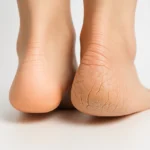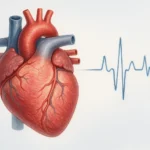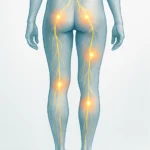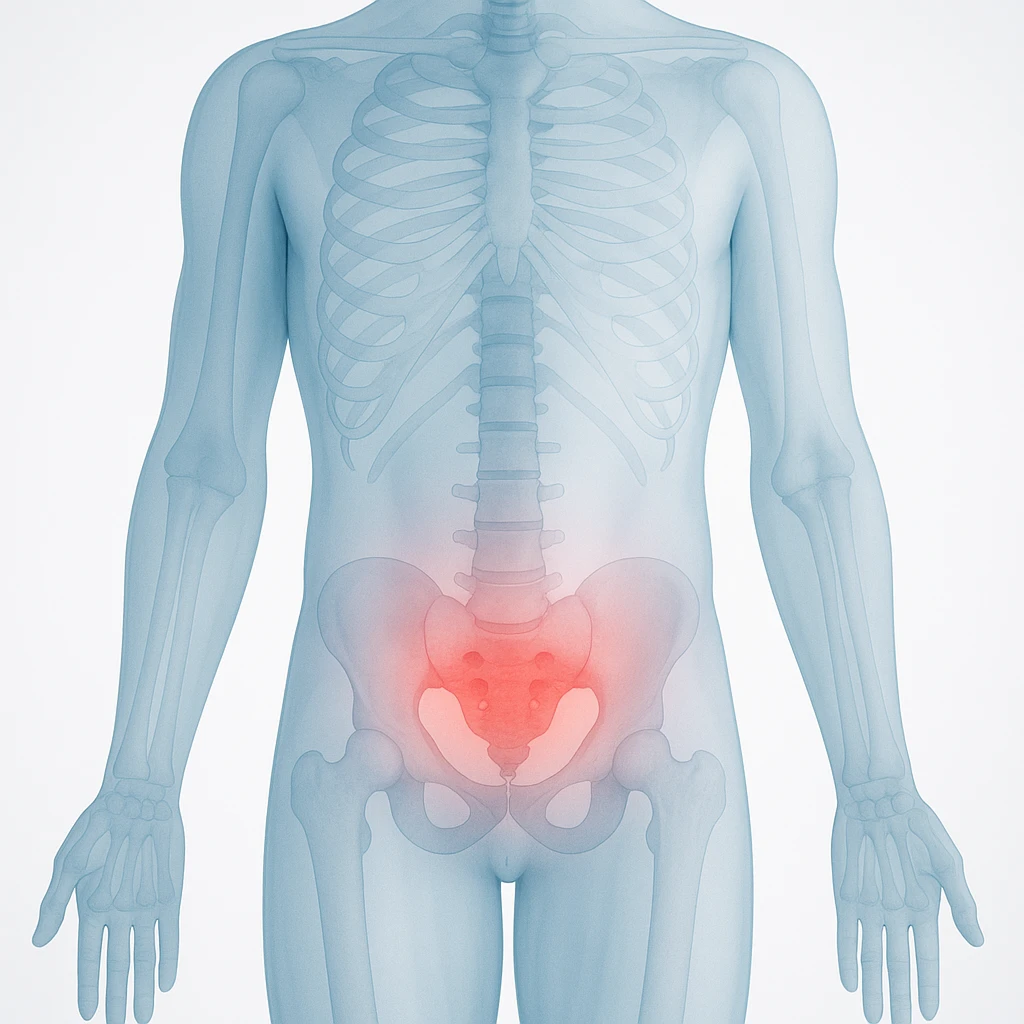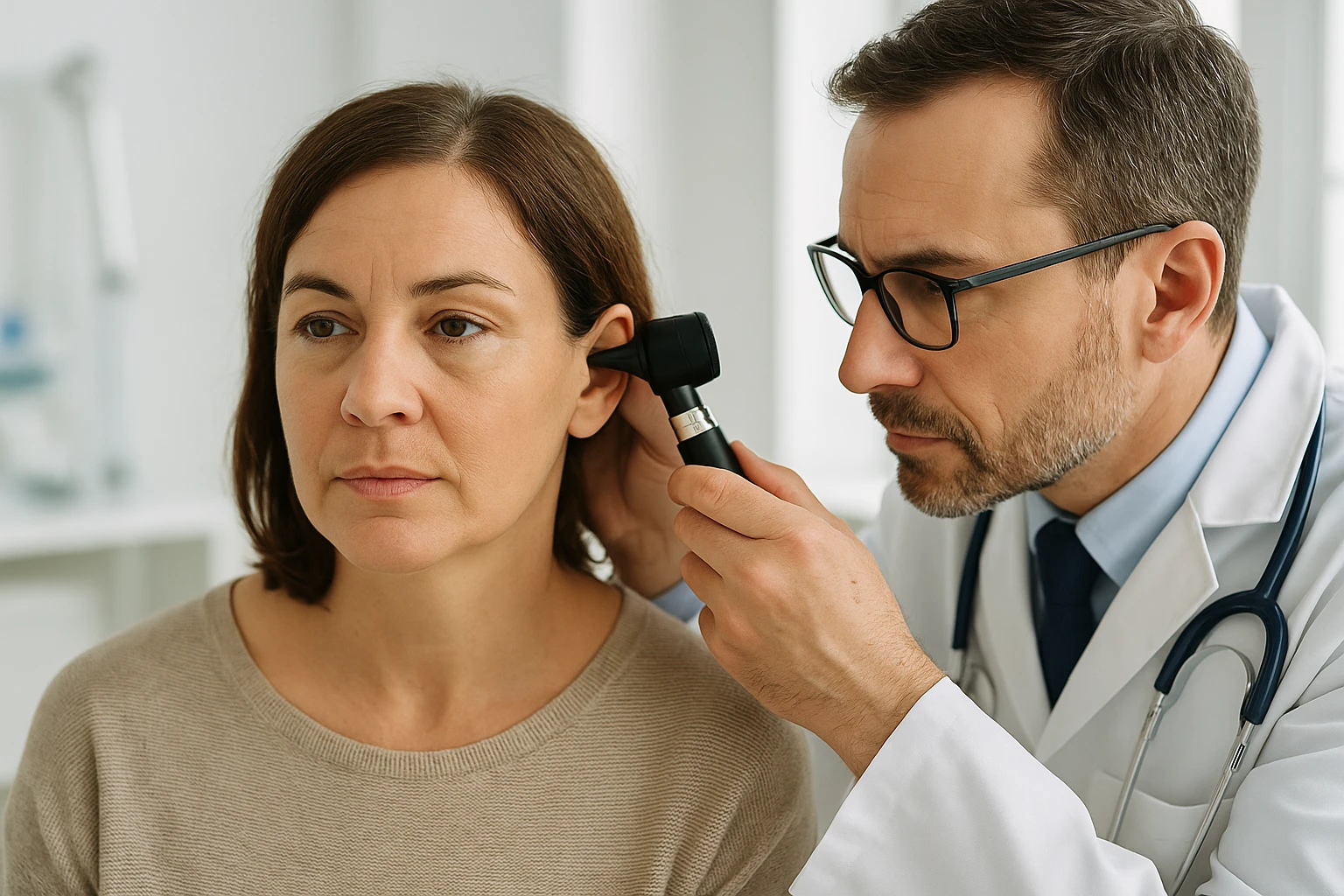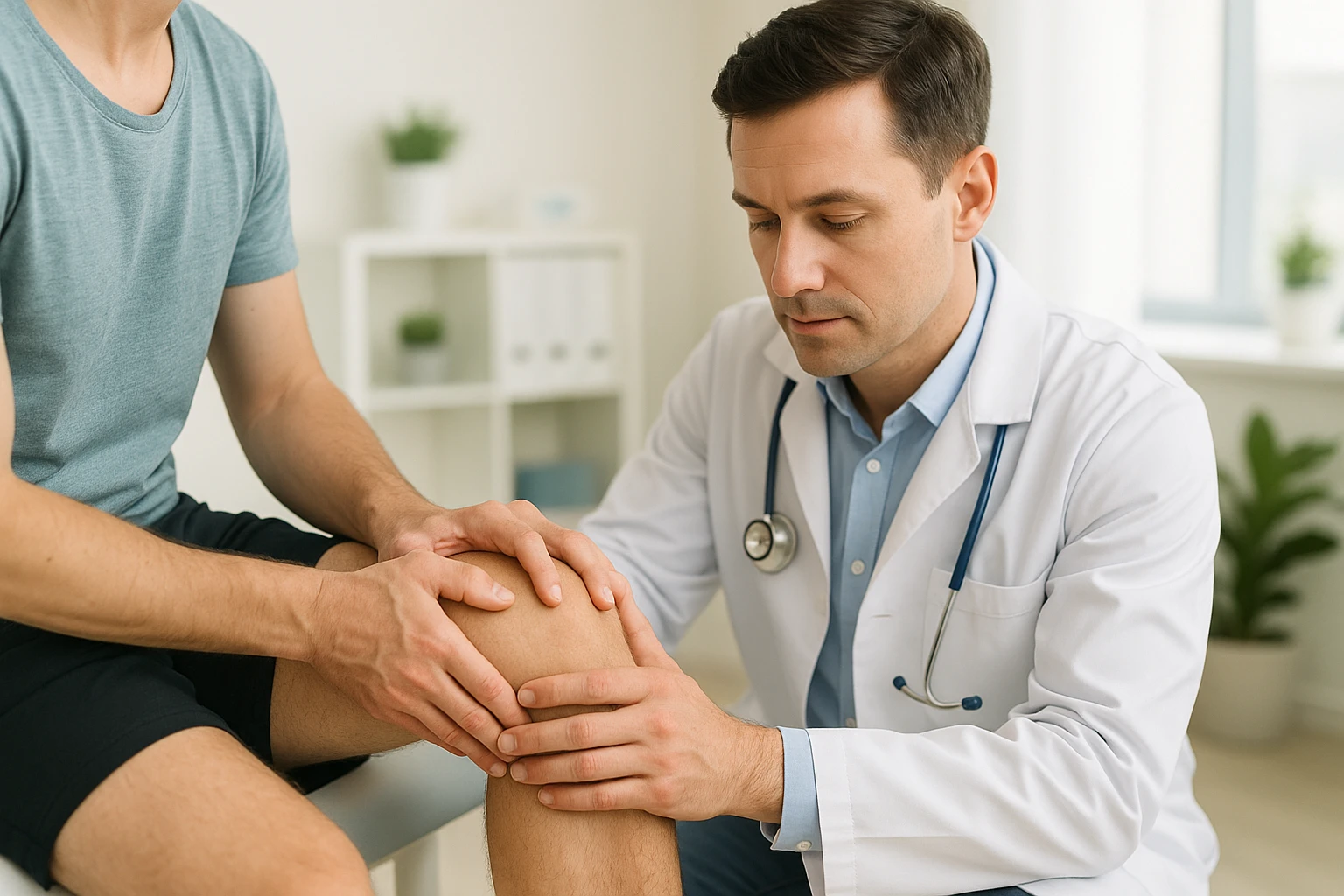
Pelvic Pain in Women and Men: Causes and Care Options
Pelvic pain is a common and often misunderstood condition that can affect people of all ages and genders. It refers to pain or discomfort in the lower abdomen or pelvis and may involve the reproductive, urinary, digestive, or musculoskeletal systems. When this pain lasts for six months or longer, it is considered chronic pelvic pain, a condition affecting about 15% of women in the United States. Because up to 80% of cases are not purely gynecologic, effective care often involves collaboration among different medical specialists. This article explains the main causes, symptoms, risk factors, diagnostic methods, and treatment options for pelvic pain to help readers understand and manage this condition more effectively.
Prevalence and Nature of Pelvic Pain
Pelvic pain describes discomfort or pain felt in the lowest part of the abdomen and pelvis. This area contains multiple interconnected organs, so pain can originate from different systems or tissues. For some individuals, pelvic pain appears suddenly and resolves after the underlying cause-such as infection or inflammation-is treated. For others, it persists for months and can interfere with daily activities and emotional well-being.
Acute and Chronic Pelvic Pain
- Acute pelvic pain: Sudden in onset, often linked to infection, inflammation, or injury.
- Chronic pelvic pain: Lasts six months or longer and may involve several organ systems, fluctuating in intensity over time.
How Common Is Pelvic Pain?
- Approximately 15% of women in the United States experience chronic pelvic pain.
- About 80% of cases are not primarily gynecologic, indicating possible involvement of urinary, digestive, or musculoskeletal systems.
Recognizing pelvic pain as a multifactorial condition helps guide more comprehensive and compassionate medical care. Early evaluation and open communication with healthcare providers improve the chances of identifying the source of pain and finding effective treatments.
Causes and Contributing Factors
Pelvic pain can have many causes, often involving multiple body systems. The pelvis houses reproductive, urinary, digestive, and musculoskeletal structures, which can make identifying the exact source of pain challenging. In many cases, several factors interact to create overlapping symptoms and chronic discomfort.
Gynecologic Causes
- Endometriosis: Growth of tissue similar to the uterine lining outside the uterus, leading to cyclical or persistent pain.
- Uterine fibroids: Noncancerous growths in the uterus that create pressure or aching sensations.
- Pelvic congestion syndrome: Enlarged pelvic veins causing dull or heavy pain, often worse after standing.
Non-Gynecologic Causes
- Urinary and digestive disorders: Conditions such as interstitial cystitis and irritable bowel syndrome can cause recurring lower abdominal pain.
- Musculoskeletal dysfunction: Nerve injury or pelvic floor muscle tension may result in persistent or activity-related pain.
Infectious and Inflammatory Causes
- Sexually transmitted infections: Chlamydia and gonorrhea can lead to inflammation or scarring that causes chronic pain.
- Post-infectious inflammation: Even after infection clears, tissue changes may lead to ongoing discomfort.
Often, pelvic pain stems from more than one cause. For example, a person may have both endometriosis and irritable bowel syndrome, each intensifying the other’s symptoms. Recognizing this multifactorial nature is key to accurate diagnosis and effective treatment.
Symptoms and Risk Factors
Pelvic pain can manifest differently among individuals. Some experience sharp or stabbing sensations, while others report dull, aching, or constant discomfort. Pain may localize in one area or radiate to the lower back, buttocks, or thighs, which can make diagnosis more complex.
Common Symptom Patterns
- Location: Pain radiating to the lower back, buttocks, or thighs.
- Triggers: Discomfort worsening during urination, bowel movements, or sexual activity.
- Duration: Chronic pain persisting continuously or intermittently over several months.
- Impact: Ongoing pain affecting sleep, work, and relationships, reducing quality of life.
Key Risk Factors
- History of trauma: Physical or sexual abuse can increase vulnerability to chronic pelvic pain.
- Overlapping conditions: Disorders involving the bladder, bowel, or reproductive organs may interact and amplify symptoms.
- Chronic patterns: Pain involving multiple systems often becomes more complex and requires coordinated care.
Recognizing these patterns and risk factors is essential for managing pelvic pain effectively. Understanding that it involves both physical and emotional components supports a more holistic and patient-centered approach to care.
Diagnosis and Evaluation of Pelvic Pain
Because pelvic pain can arise from multiple organs and systems, accurate diagnosis requires a structured, multidisciplinary approach. Healthcare professionals begin by gathering a detailed medical history to determine when symptoms began, what influences them, and how they affect daily life.
Initial Evaluation
- Medical history: Involves questions about menstrual cycles, urinary or digestive symptoms, sexual health, and prior surgeries or injuries.
- Physical examination: A pelvic exam is performed to detect tenderness, swelling, or other signs suggesting reproductive, urinary, or musculoskeletal causes.
- Diagnostic testing: Laboratory studies or imaging may be ordered to exclude organ-specific conditions such as infection or structural abnormalities.
Comprehensive Assessment for Chronic Pelvic Pain
When pelvic pain lasts six months or longer, it is classified as chronic pelvic pain. At this stage, evaluation often extends beyond a single specialty and benefits from a coordinated, multidisciplinary team.
| Specialty | Primary Focus |
|---|---|
| Gynecology | Reproductive organs and hormonal factors |
| Urology | Bladder and urinary tract health |
| Gastroenterology | Digestive and bowel-related disorders |
| Physical Therapy | Pelvic floor and musculoskeletal function |
Effective diagnosis considers how multiple systems may interact. A combination of history-taking, examination, and cross-specialty collaboration helps identify the underlying causes and create a personalized care plan to improve comfort and function.
Treatment and Prevention of Pelvic Pain
Treating pelvic pain requires an individualized approach because it often involves more than one contributing factor. The goal is to relieve discomfort, restore function, and address the root causes through a combination of therapies tailored to each person’s needs.
Common Treatment Approaches
- Medical therapy: Medications can relieve pain, reduce inflammation, and regulate symptoms that worsen with urination, bowel movements, or sexual activity. Hormonal or targeted drugs may help manage cyclical or persistent pain.
- Physical therapy: Useful for pain linked to muscle tension or pelvic floor dysfunction. Stretching, posture correction, and guided exercises can improve flexibility and reduce strain.
- Psychological support: Counseling or cognitive-behavioral therapy can help manage stress, anxiety, and the emotional effects of chronic pain.
- Interventional or surgical options: For persistent cases, options may include botulinum toxin injections, targeted nerve blocks, or embolization for vascular-related pain.
Prevention and Long-Term Management
Preventive care and long-term management strategies help reduce recurrence and improve quality of life:
- Engage in gentle, regular physical activity to maintain pelvic health.
- Use relaxation and stress management techniques to reduce tension.
- Monitor symptom patterns and seek early medical evaluation when changes occur.
- Work with a multidisciplinary team to address both physical and emotional needs.
With consistent care and coordinated support, many people can successfully manage pelvic pain, lessen its intensity, and enhance overall well-being.
Frequently Asked Questions About Pelvic Pain
What does pelvic pain feel like?
Pelvic pain can vary from a dull ache to sharp or cramping sensations in the lower abdomen or pelvis. It may stay in one area or spread to the back, hips, or thighs, and sometimes worsens during certain activities like urination or sex.
Can men experience pelvic pain too?
Yes. Although pelvic pain is often discussed in relation to women’s health, men can also experience it due to urinary, digestive, or musculoskeletal conditions. Evaluation and treatment follow similar multidisciplinary approaches.
When should I see a doctor about pelvic pain?
Seek medical attention if pelvic pain lasts more than a few days, becomes severe, or interferes with daily activities. Chronic pain-lasting six months or longer-should always be evaluated to identify underlying causes and prevent complications.
What lifestyle changes can help manage pelvic pain?
Gentle exercise, good posture, stress reduction, and balanced nutrition can help reduce flare-ups. Tracking symptom patterns and avoiding activities that worsen pain can also support long-term management.
Is pelvic pain always caused by a gynecologic issue?
No. Up to 80% of chronic pelvic pain cases are not primarily gynecologic. Conditions involving the bladder, bowel, nerves, or muscles may contribute to or even cause the pain.
Can pelvic pain be cured?
In many cases, pelvic pain can be significantly improved through accurate diagnosis and targeted treatment. While not all causes are fully curable, coordinated care can greatly reduce symptoms and improve quality of life.
How is chronic pelvic pain diagnosed?
Diagnosis usually starts with a medical history and pelvic exam, followed by imaging or lab tests if needed. For persistent cases, a multidisciplinary team-such as gynecologists, urologists, and physical therapists-may work together to pinpoint the cause.
